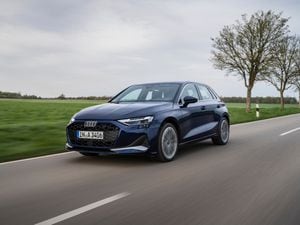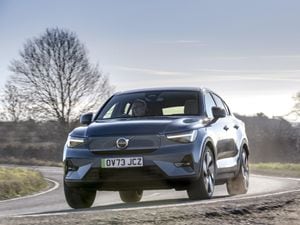Review: Jaguar’s XF Sportbrake shows that diesel estate cars still have a place on our roads
Jaguar’s XF Sportbrake is pitched as a key rival to German favourites, but can it deliver? Jack Evans finds out
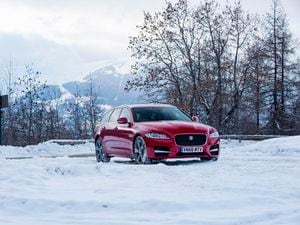
What is it?
Jaguar has been suffering from some bad luck of late. The negative press against diesel, combined with slumping sales of its saloon models, has meant that it has been having a trickier time of things than it really deserves. Particularly when you consider it still makes very good cars – and, fingers crossed, the new XF Sportbrake that we’re testing here is one of them.
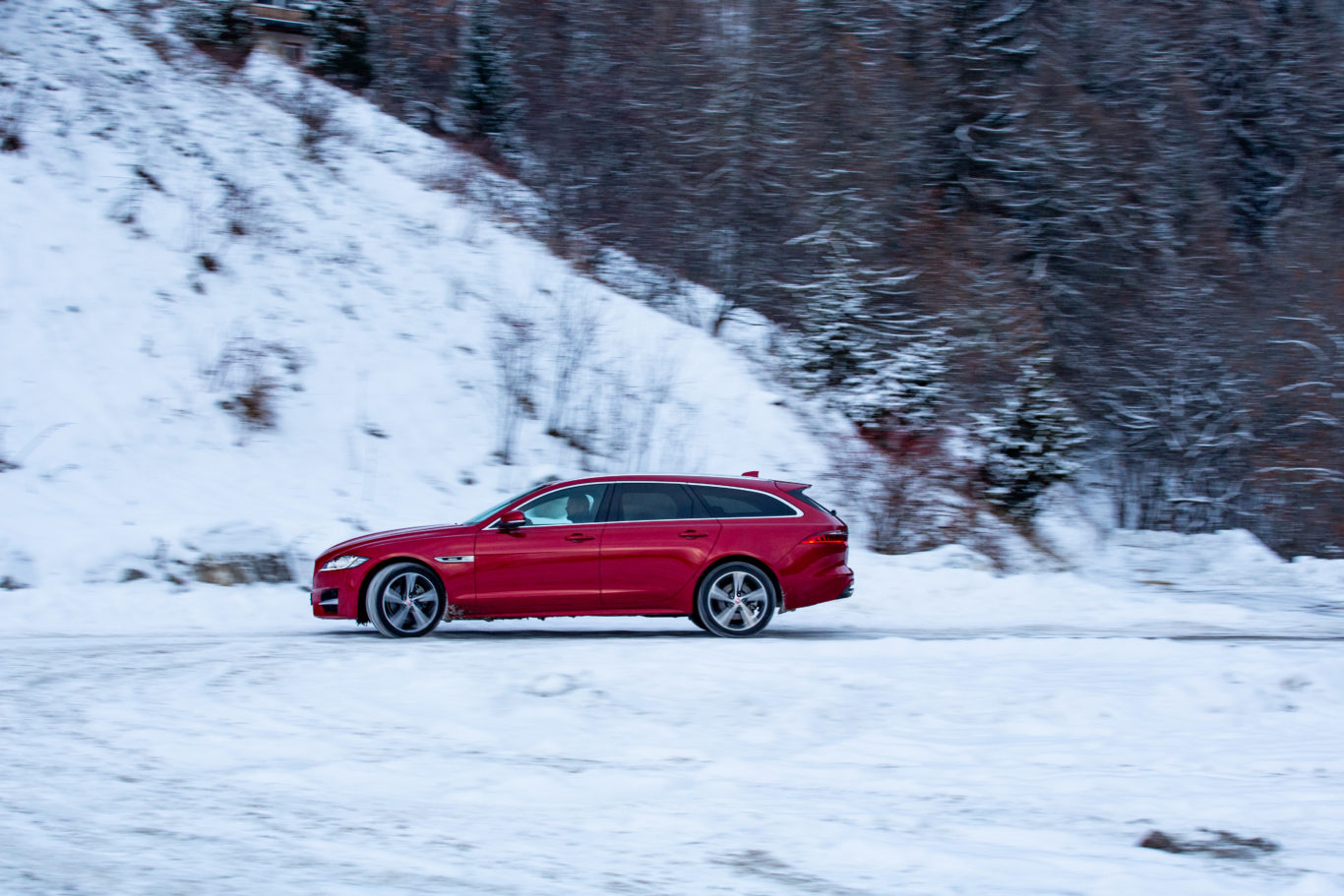
And yes, it’s a diesel. But before you scramble for the hills, remember that oil-burners still have their place on our roads – particularly in premium estate cars like this one that are designed to travel long miles day-in, day-out.
What’s new?
Sportbrake is Jaguar’s way of breathing a bit of life into the term ‘estate’. So it’s why you’ll find a large, sloping rear design being fronted by the look you’ll seen on the regular XF. The reason? Improved boot space, and just a better degree of practicality overall.
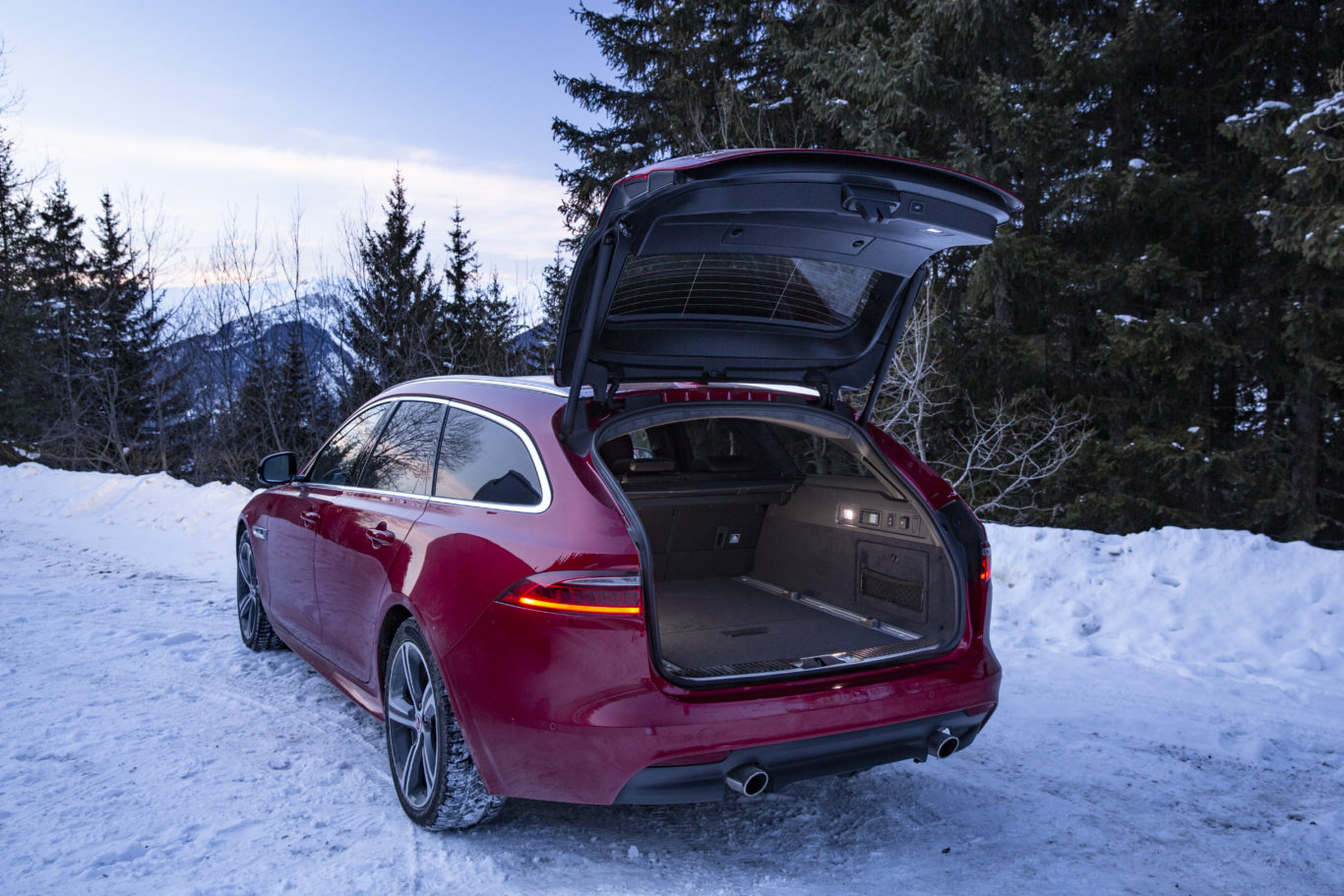
Inside, it gets the latest incarnation of Jaguar’s infotainment system and here, in R Sport trim, a variety of design touches to make it look more dynamic out on the road.
What’s under the bonnet?
Power is generated by a 2.0-litre turbocharged diesel engine producing 237bhp and 500Nm of torque. In this all-wheel-drive version, all four wheels are driven via an eight-speed ZF automatic gearbox. Jaguar claims that it’ll send the Sportbrake from 0-60mph in 6.7 seconds and onwards to a top speed of 150mph.

Economy-wise, Jaguar says that the XF Sportbrake will return 46.3mpg combined, while emitting 160g/km CO2. And just to clarify, those emissions figures are only around 20g/km CO2 heavier than an equivalent petrol rival.
As this is the all-wheel-drive version, it makes for a decent choice for those after a little more traction in poorer conditions. You can, of course, have it in rear-wheel-drive instead – where diesel emission outputs drop to as low as 136g/km.
What’s it like to drive?
We always liked the way the regular XF handled, and it’s pleasing to report that this positive trait has been transplanted into the Sportbrake. Its steering is well-weighted and accurate, and it handles corners without fuss or too much body roll. Grip levels are good too – particularly in this all-wheel-drive model – resulting in a lot of confidence in the bends. Our test route took in some snowy mountain passes too, and even here the Sportbrake remained assured.

The eight-speed ZF gearbox does a good job of slushing through the gears in full automatic mode, and should you want to take control via the steering wheel-mounted paddles, then its response isn’t too bad here either.
One thing we will add is that there is a fair amount of wind and tyre noise generated at speed, which does impact the car’s overall feeling of refinement somewhat.
How does it look?
Though the XF’s general design has been with us for some time, that doesn’t stop the Sportbrake from being striking to look at. Our R-Sport model, with big alloy wheels and restyled bumpers is a certified looker (in our eyes at least), made even better by its estate layout which only adds to its overall sleekness.

It’s quite spec-dependent, of course. Small wheels don’t do the Sportbrake any favours, while certain colours – such as the excellent Caesium Blue – play to the car’s strengths far more than conventional shades such as grey and white.
What’s it like inside?
The Jag’s interior is wide, spacious and well-built – just what you’d expect from a premium estate car. There’s plenty of room for those up front to sit comfortably, with a wide windscreen helping to give the front of the cabin a light and airy feeling.

Likewise, there’s a decent amount of space for those sat in the back. Six-footers will be comfortable in the rearmost seats and, even when sitting three abreast, there is plenty of space.
When it comes to the boot, the XF Sportbrake is edged by rivals. It may have 550 litres with the seats up, rising to 1,675 with seats folded flat – still a decent size, but some way behind the cavernous 1,950 litres you’ll find in the Mercedes E-Class Estate.
What’s the spec like?
In R-Sport specification, the XF Sportbrake gets a comprehensive list of standard equipment. Features such as automatic windscreen wipers, two-zone climate control and Bluetooth connectivity are all options we’d expect to see included at this price point, while the R-Sport’s extras of rear self-levelling air suspension, 18-inch alloy wheels and a full sports bodykit only help to elevate the overall feel of the car.

‘Our’ test car also came fitted with a variety of options, including a cold climate pack (£760) that includes a heated front windscreen, heated steering wheel and heated front and rear seats, as well as 10-way electrically-adjustable front seats (£300). Also added was Jaguar’s Incontrol infotainment system (£1,050). It’s a good setup, but doesn’t look quite as sharp as some rival offerings.
Verdict
The XF Sportbrake is a genuine alternative to German rivals. It looks good, drives well and will be spacious enough for most, too. As we’ve mentioned, despite the negativity being sent diesel’s way, it still makes sense in cars like this – cars designed to slog it up and down motorway without any fuss whatsoever.
Though some cabin elements do let it down a touch, it’s still an all-in premium machine, and it benefits from a surprisingly involving drive, too. Though it may be tempting to opt for rivals from other manufacturers, we doubt you’d be disappointed in walking away with the keys to the XF Sportbrake instead.


